Tilting, a village on the island of Fogo and about 300 miles from St. John’s, the capital of Newfoundland, was recently nominated as an Irish Heritage site. This is largely due to the efforts of a small but determined group of residents who are trying to halt the steady process of decay by restoring old houses and fishing stages before new technologies engulf what’s left of the island’s charm.
℘℘℘
Tilting has a population of around 300 people, and nearly all the families are direct descendants of the original Irish settlers. To this day they speak with a strange but strong Irish accent. Between 1750 and 1840, sailors who were recruited by English schooners in the Waterford area jumped ship and began their own smaller operation from small boats called “cod traps” or “skiffs.” The village is still divided geographically according to where the first families settled so that the houses in the middle all bear the name Foley, to the east Greene, and out onto an area known as “The Rock,” the McGrath family dominate. Each family would have had a corresponding boat shed called a “stage” by the water’s edge. It is these restored buildings, painted a deep umber, that give the bay so much charm, at any time of the year.
There are no official guesthouses and no cafés or restaurants, so any visit depends on the hospitality of the islanders themselves. After contacting the Mayor, I was put in touch with Jim McGrath, who arranged my accommodation in the village with a couple, Betty and Pat McGrath, who had a spare bedroom.
When I arrived at the McGrath house — a small wooden assembly with ceilings so low I couldn’t stand up straight on the first floor — warm food was on the table, and over the next few days I was fed copious amounts of food and delicious cups of tea by Betty.
The first morning, I woke to an impressive sunrise across the bay and rushed out to try and capture it on film. Strangers are uncommon in the village, and Ron Foley came out to ask what I was doing. We stood, in sub-zero temperatures, as I explained not only my reasons for the trip to record the restoration efforts, but also where my family name originated, how many siblings I have, and all the other details of my identity that usually go unmentioned in the city.
The sunrise passed into a beautiful day with an intense white heat bouncing off the snow. I ventured into some fishing stages that looked as if they had been recently renovated. I was met there by Ed Foley. I apologized, assuming I was trespassing, but he just laughed as if he didn’t understand the concept. It became apparent that Ron had visited Ed just after meeting me and passed on my personal history. Without me asking, he offered me a lift to some of the sites being renovated on the other side of the bay and filled me in on the history along the way. I had only been out in the daylight for an hour and already felt that my presence was more visible than the old lighthouse on the hill.
By day, I took photographs of the small band of people restoring old furniture and making quilts for the three houses completed thus far. In the evening, I received visits from other villagers. Everyone’s enthusiasm for the new venture was offloaded onto me, making me feel at times like an ambassador for the island’s future existence. Without the infrastructure to handle tourism, the heritage team face an uphill struggle to make the venture pay, but I soon realized that this is not the point. Jim McGrath, a retired teacher who heads the group, is adamant that they did not embark on this to try and attract crowds. Instead they aim to bring in the more discerning tourist who would welcome a unique site without the “Disneyfication” that accompanies so many other North American places of interest.
It is hoped that the restored houses — with very few changes except electricity — will eventually be used as accommodations for visitors. The thinking behind these house structures is appealing to anyone concerned about ecology and waste. They are built without foundations, and ever since the island was first settled, the structures were moved to new locations rather than destroyed, leaving the land unspoiled and untouched. Sheds became boat cabins and old houses became hay barns. Before the onset of industrial fishing, fishermen caught enough only to sell and for provisions through the winter. The ecological balance and respect is being continued with the heritage group. With the youth leaving the island in droves, many houses and old stages are lying unused. Until recently they were destroyed. Now, some of the houses are being “launched” again for heritage restoration. A house was successfully floated from another community, Joe Batts Arm, around the bay after its owners donated it. All furniture and repairs are made using wood that has been salvaged from other properties already demolished or beyond repair. The recycling continues in earnest.
No one involved is in any doubt that the old way of life has gone. Loss is, of course, a big part of their way of life, but the desire to preserve these things seems indicative of a change in the pervading fatalism of the islanders. There is a growing trend for people to refuse to let go of the past as easily as they used to and instead to try and utilize it as a source of hope for their future livelihoods and identity. For some involved, I think that this work is more than just a mini industry or something to do on weekends, it is also a way of coping with the loss itself. The effect on the visitor is as touching as it is admirable, and very soon the refurbished houses of Tilting will be available to rent as holiday cottages. The informal nature of its inhabitants will make this island a unique experience, a place where it is still possible to approach a local fisherman and ask him to take you out looking for whales, or bring you close to an iceberg in spring. While there, try to spot the island’s herds of caribou and take a coastal walk that will literally put you on the edge of the continent.
TO GET TO TILTING:
To get to Fogo you have to hire a car in St. John’s or get a lift in Brian Coffin’s van. I chose the van thinking it would allow me a closer view of the landscape and also get some informal background on the islanders. The ride is eight hours with a ferry journey, and Brian, as everyone will tell you, “loves to talk.” He brought me up to date on Newfoundland’s places of interest, pointing out the site of the 1985 air disaster that killed 256 US servicemen, and a memorial to Canadian Frederick Grant Banting who discovered insulin. Banting was killed in an air crash in 1941. On a lighter note, we passed the town where Newfoundland’s first Premier, Philip F. Little, walked across the country with “his arse out of the seat of his pants.” A man, I think, after Brian’s heart. As we continued our ride over the Trans Canada Highway, the place names Seldom Come By and Come By Chance were a portent of things to come. I spent the last few hours staring out the window, witnessing kids cutting holes in the ice to fish for smelts, and before long we arrived at Man O’ War Cove and waited for the ferry to Fogo. ♦

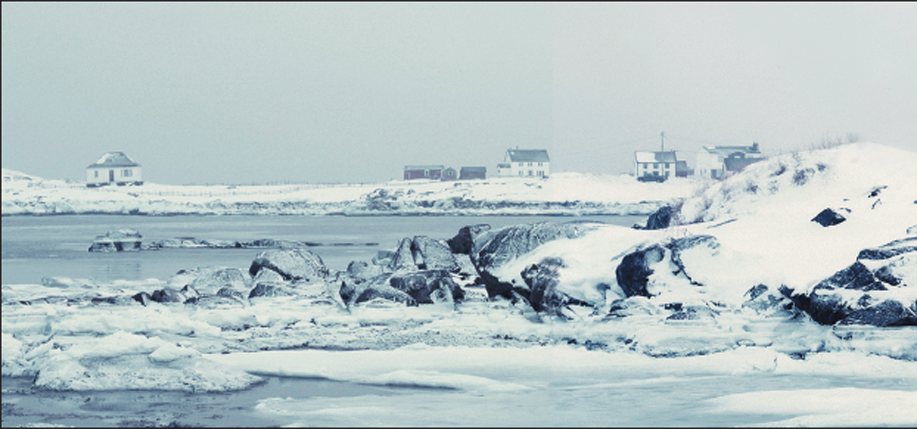
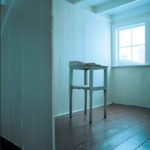
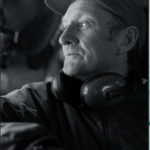

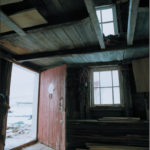
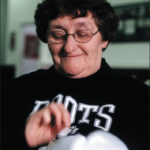

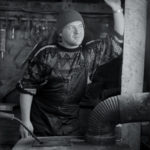
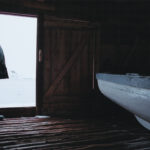
Leave a Reply